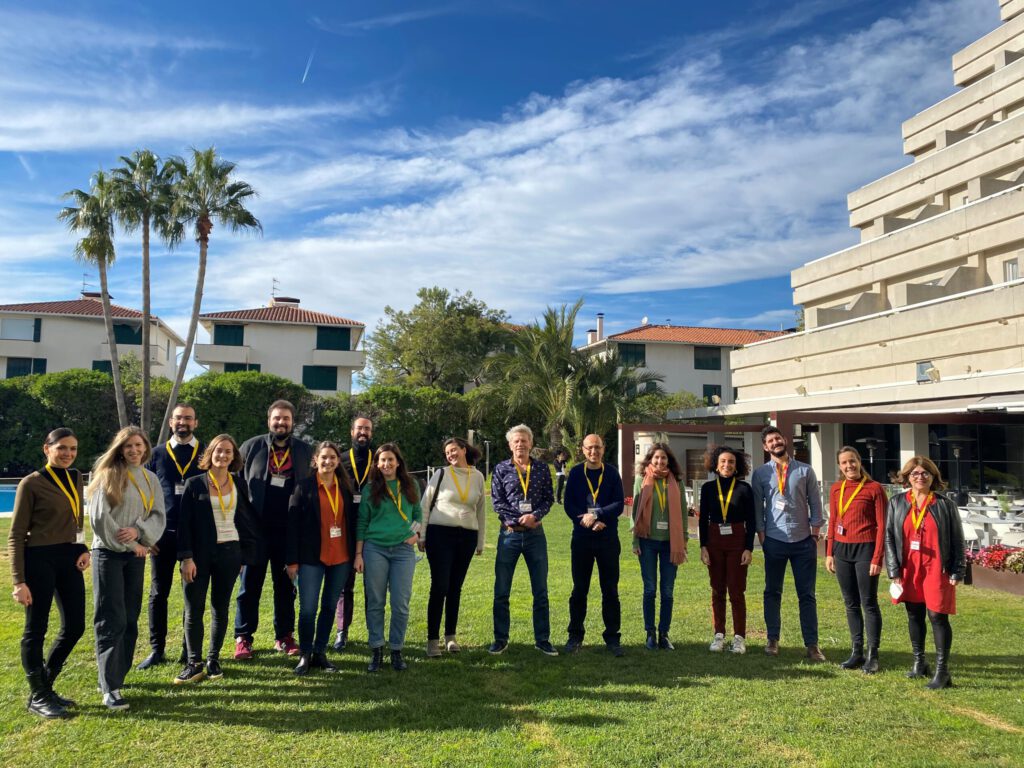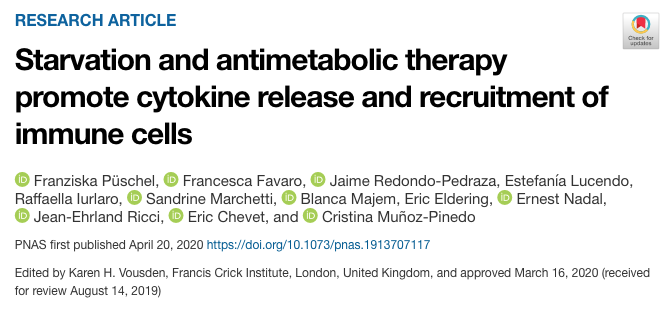Metabolic reprogramming is a key hallmark of cancer, but less is known about metabolic plasticity of the same tumor at different sites. Here, we investigated the metabolic adaptation of leukemia in two different microenvironments, the bone marrow and the central nervous system (CNS). We identified a metabolic signature of fatty-acid synthesis in CNS leukemia, highlighting Stearoyl-CoA desaturase (SCD1) as a key player. In vivo SCD1 overexpression increases CNS disease, whilst genetic or pharmacological inhibition of SCD1 decreases CNS load. Overall, we demonstrated that leukemic cells dynamically rewire metabolic pathways to suit local conditions and that targeting these adaptations can be exploited therapeutically.
Savino AM, Fernandes SI, Olivares O, Zemlyansky A, Cousins A, Markert EK, Barel S, Geron I, Frishman L, Birger Y, Eckert C, Tumanov S, MacKay G, Kamphorst JJ, Herzyk P, Fernández-García J, Abramovich I, Mor I, Bardini M, Barin E, Janaki-Raman S, Cross JR, Kharas MG, Gottlieb E, Izraeli S, Halsey C. Metabolic adaptation of acute lymphoblastic leukemia to the central nervous system microenvironment is dependent on Stearoyl CoA desaturase. Nat Cancer. 2020 Oct;1(10):998-1009. doi: 10.1038/s43018-020-00115-2. Epub 2020 Sep 28. PMID: 33479702; PMCID: PMC7116605.





